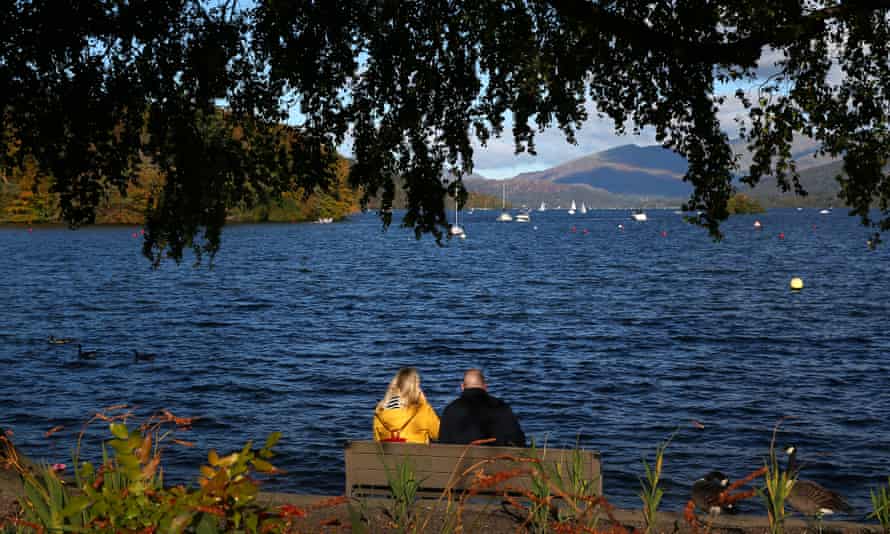Sewage could leave Windermere lake ‘ecologically dead’
Campaigners say combination of waste from local plant as well as private septic tanks to blame

Windermere could become “ecologically dead” because of the amount of sewage being pumped into its waters, campaigners have warned.
Pictures show algal blooms across the surface of the lake. Campaigners say there is also evidence of dead fish and invertebrates, indicating the waters are not healthy.
Tourists travel from across the globe to marvel at the beauty of the lake and its mountainous surroundings, as well as the nearby wildlife, including otters, birds of prey and many types of fish.
Local conservationist Matt Staniek said the body of water was being affected by the sewage plant in Ambleside, which allowed raw sewage to flow into Windermere for 1,719 hours in 2020.
However, tourism and a lack of modern infrastructure were also to blame, he added, because there were many private septic tanks which also caused waste to spill into the lake. Holiday homes and caravan sites have been known to have outdated tanks, which cannot handle excessive use.
He has started an online petition, so far signed by almost 78,000 people, that calls for a ban on sewage pollution at the world heritage site, and for Windermere and the Rothay and Brathay rivers to be designated as bathing sites. This would mean the Environment Agency would have to monitor water quality at the lake and the rivers which feed it.
Staniek said: “It’s a huge national scandal. My fear [is that] with the pressure of increased tourism and climate change, we will soon have an ecological dead lake in the heart of the national park. Fish and invertebrates are already dying and not recovering.”
As a zoologist, he says he has seen first-hand that the abundance of animals around the lake is already falling.
His petition states: “The impact this has on the environment is catastrophic. So much so that I have seen a dire reduction of freshwater vegetation, a significant impact on various fish species and an absence of white-clawed crayfish in otter spraint [dung] since 2020. This sort of pollution has a disastrous impact on wildlife.
“Recent data from South Cumbria Rivers Trust shows spikes of phosphates which are 1,000 times worse than an ecosystem with high WFD [water framework directive] water quality status. Similarly, data from the Salmon and Trout Conservation trust shows how heavily impacted the River Leven is. Here, like in other parts of the lake, trout, salmon and other species are dying.”
A Lake District national park spokesperson said: “We are aware of the lake water quality in Windermere and are working with partners to develop local actions to address this. The strategies set out in our proposed new partnership plan, the management plan for the Lake District, provide a context for this.”
United Utilities has said it has already invested GBP40m in improving both Ambleside and Windermere wastewater treatment plants, but also said private septic tanks were causing an issue in the area.
“We’re now able to treat much greater volumes of sewage to a much higher standard, reducing the frequency that the system spills into the lake during wet weather,” said a spokesperson.
An Environment Agency spokesperson said: “The EA take their responsibility to protect the environment very seriously. The regulations are clear and are enforced robustly. Water companies know they have a duty to avoid pollution, and that they must act quickly to address failures and reduce damage if it occurs or face enforcement action.”